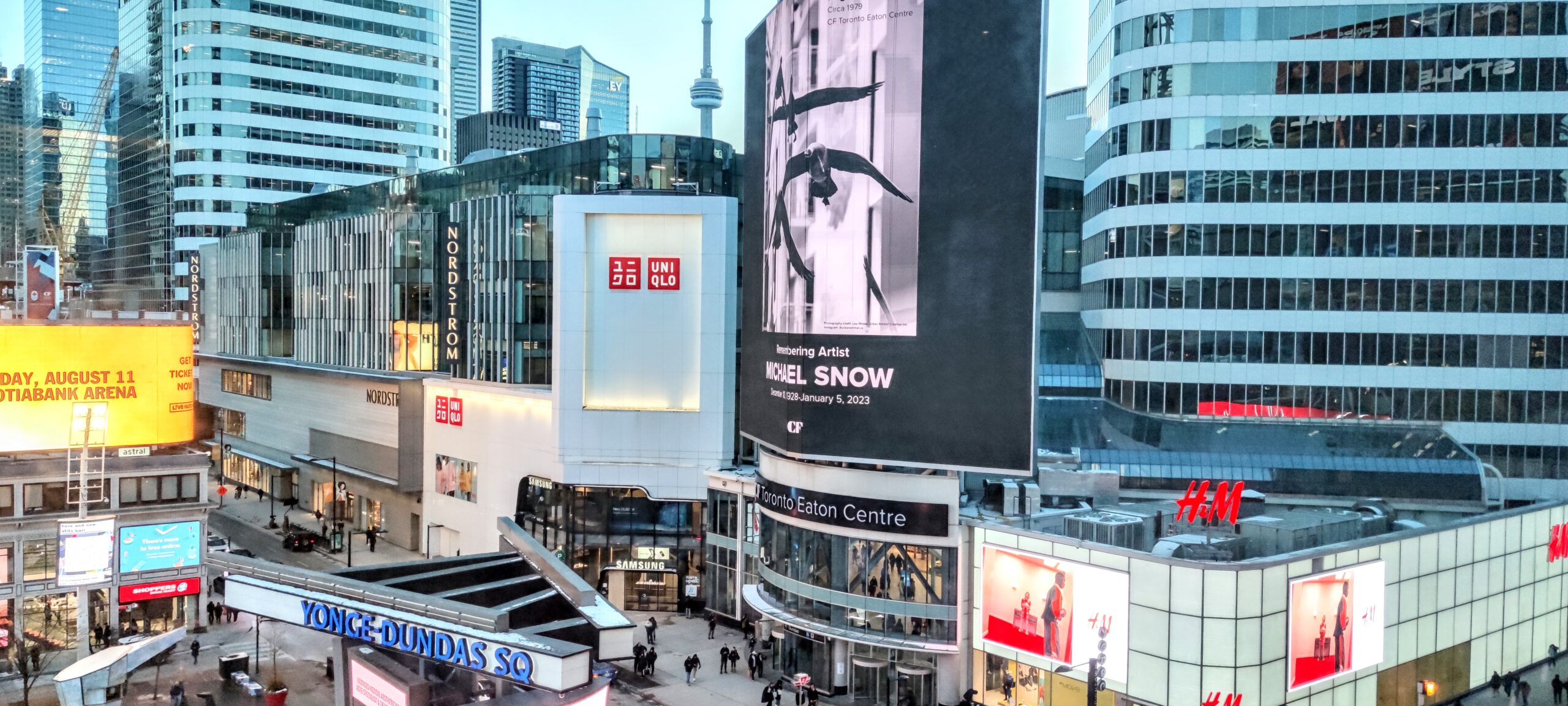Toronto, Canada’s largest city, often touts itself as a cultural and economic hub. However, many argue that it falls short of being a true world-class city. Critics point to its perceived dullness and the effects of gentrification as key factors undermining its vibrancy and appeal. Here’s a closer look at the reasons behind this perception.
One of the defining characteristics of world-class cities is their unique identity and culture. Cities like New York, Paris, and Tokyo boast distinct atmospheres, rich histories, and notable landmarks that draw people in. Toronto, while diverse, often feels like a collection of neighborhoods with no cohesive theme. The city’s skyline is dominated by a few high-rise buildings, and despite its multiculturalism, many find that it lacks the soul that defines other major urban centers. This lack of a unique identity can make it challenging for both residents and visitors to connect with the city on a deeper level.
Gentrification has transformed many neighborhoods in Toronto, pushing out long-time residents and small businesses in favor of upscale developments. While some argue that this revitalization brings improvements, it often leads to a loss of character and authenticity. Areas like Kensington Market, once vibrant with local culture, face pressures from rising rents and an influx of chain stores. This shift can create a homogenized environment that feels more like a suburban sprawl than a bustling urban center. The cultural richness that once defined these neighborhoods is at risk of being replaced by corporate interests focused on profit rather than community.

The cost of living in Toronto has skyrocketed in recent years, making it increasingly difficult for artists, creatives, and low-income individuals to thrive. This economic strain stifles innovation and creativity, leading to a less dynamic cultural scene. The high price of housing means that many talented individuals are forced to move elsewhere, resulting in a brain drain that diminishes the city’s potential. As more creative minds leave the city in search of affordable living conditions, Toronto risks becoming a city without the very pulse of creativity that makes urban life exciting.
Another point of criticism is Toronto’s nightlife. While there are bars and restaurants scattered throughout the city, many people find that the options can feel repetitive or uninspired. Unlike cities known for their vibrant nightlife and diverse entertainment options, Toronto often lacks a sense of excitement after dark. This can contribute to the perception that the city is boring, particularly for younger residents seeking adventure. The nightlife scene seems to cater more to mainstream tastes rather than fostering unique or innovative venues that could attract a diverse crowd.
Public spaces play a critical role in defining a city’s character. In Toronto, many parks and public areas are under-maintained or poorly designed, which can detract from the overall urban experience. Cities like New York have iconic parks that serve as gathering places for residents and visitors alike, while Toronto’s public spaces often feel neglected or uninviting. A lack of engaging public areas can lead to diminished community interaction and a sense of isolation among residents. When public spaces do not invite people to gather and connect, it creates an environment where social cohesion suffers.

While Toronto has its strengths—such as its diverse population and economic opportunities—it struggles to establish itself as a truly world-class city. The challenges of gentrification, high living costs, limited nightlife, and insufficient public spaces contribute to a perception of boredom and lack of identity. For Toronto to rise to the status it seeks, a concerted effort is needed to address these issues and foster a vibrant, inclusive urban environment that celebrates its unique character. Only by embracing its diversity and creating spaces that encourage interaction can Toronto hope to shed the label of being boring and over-gentrified.








